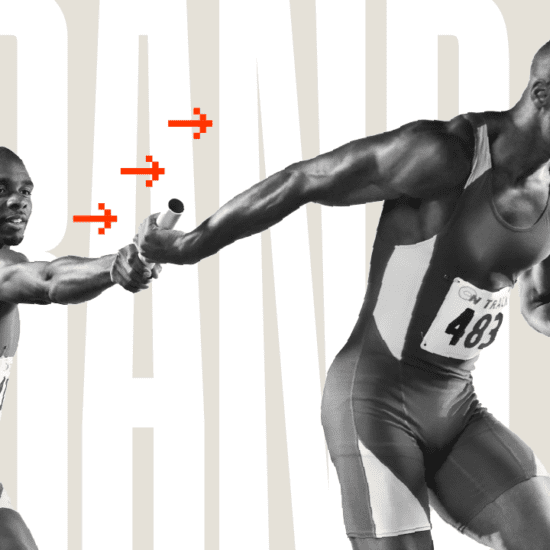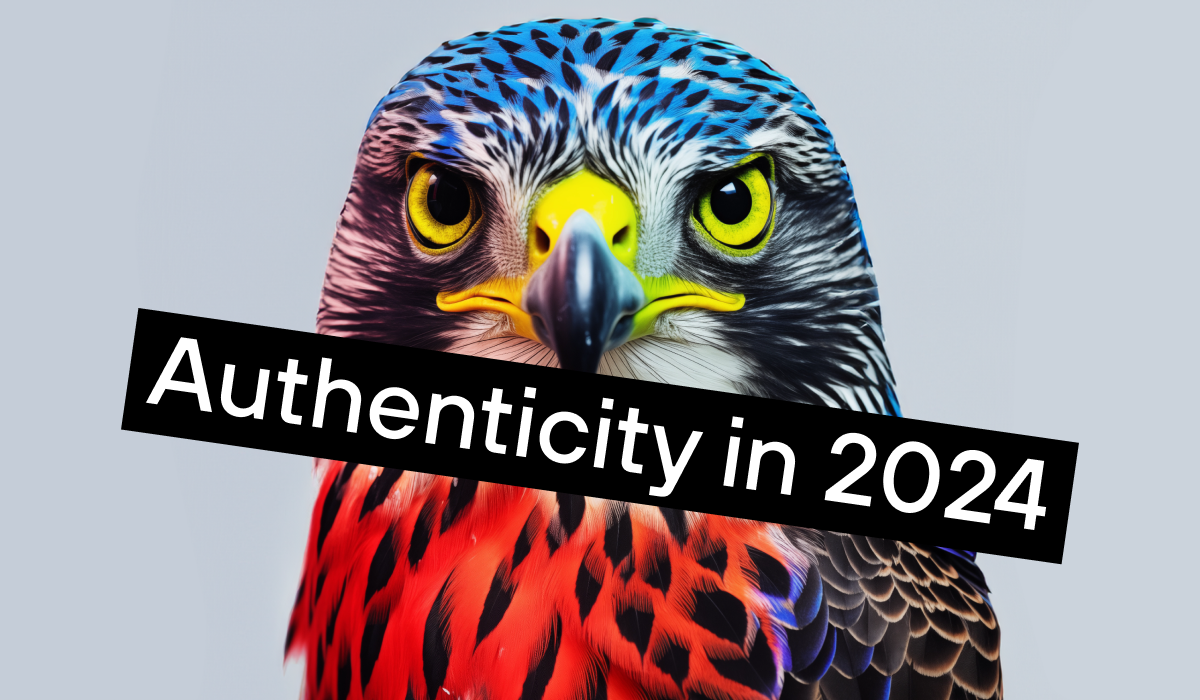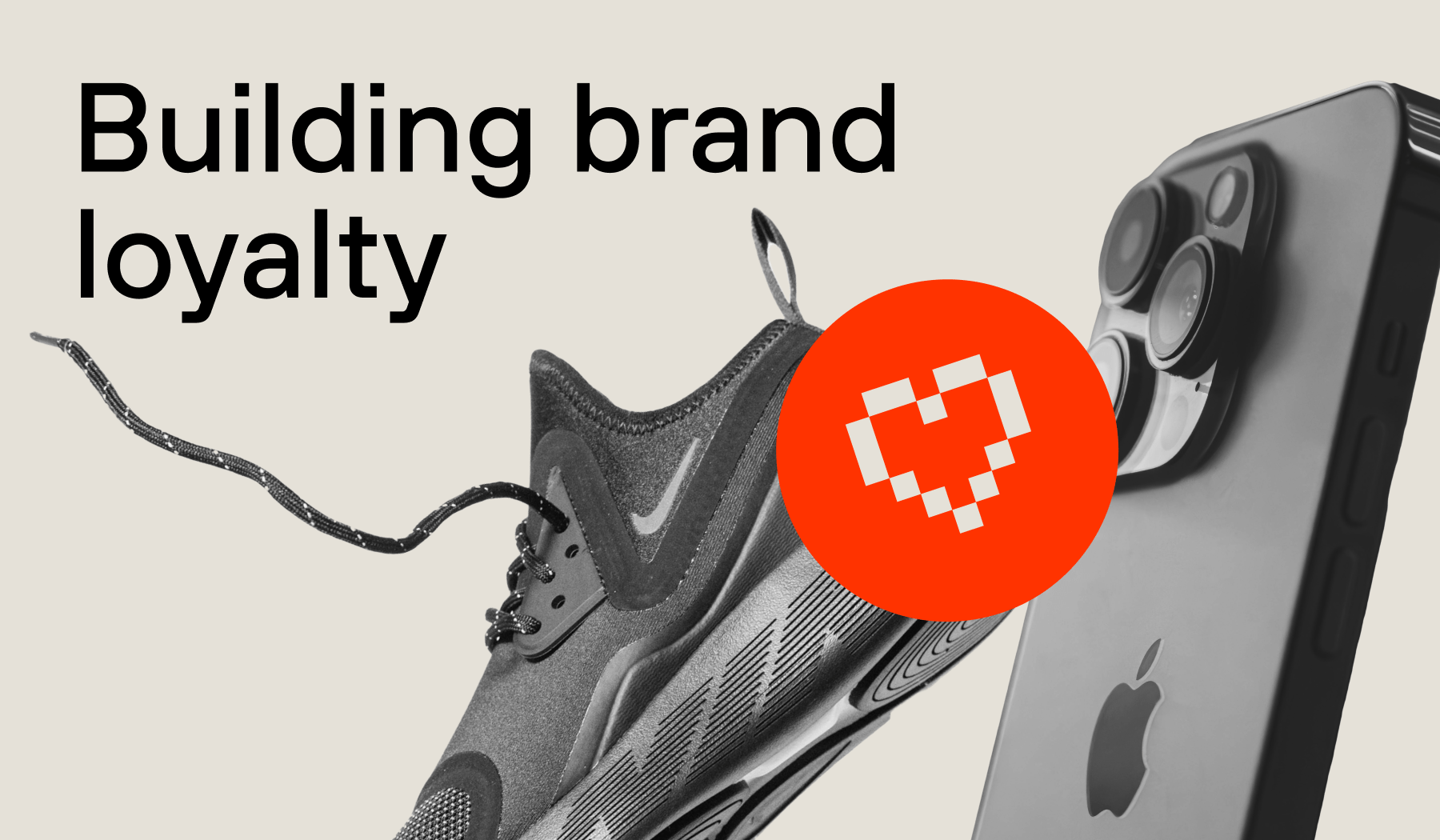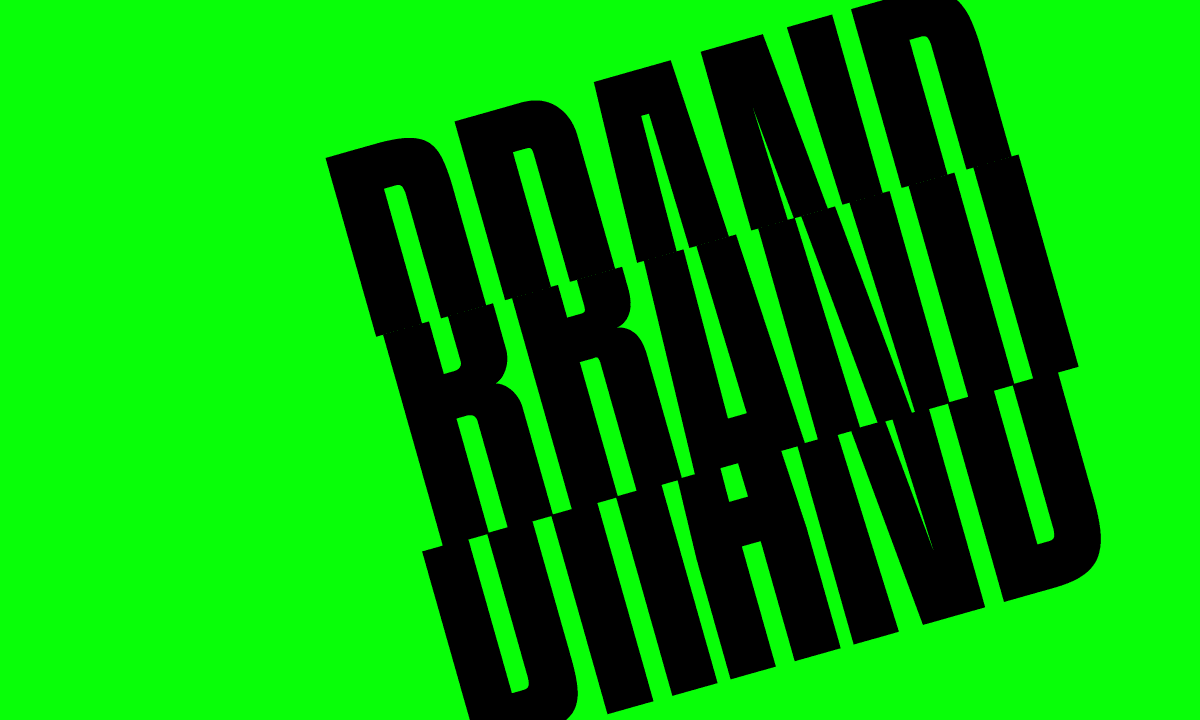
Branding – it’s a word that gets thrown around a lot. We unpack what it means for your business and identify three brand pillars that are crucial to getting noticed in a cluttered marketplace, and maintaining relevance.
Strong branding is vital to the success of any business.
But what exactly does ‘branding’ mean?
Before we explore the heart and soul of strong brands, let’s bust one of the biggest myths.
Are you thinking, “Wait, I thought a brand is just a logo. Don’t I just need something that looks nice and stands out?”
If that thought crossed your mind, don’t worry. You’re not alone. Yes, an eye-catching and distinctive logo is important, but it’s only the tip of the iceberg.
If you really want to understand how to make your brand better, it starts with defining the essentials.

A catchy, distinctive logo is only one element of a strong brand. Credit: Baron on Unsplash.
What Does Your Logo Actually Do?
Logos and brands are interchangeable, but it’s a common misconception that they are one and the same.
The reality is they’re not the same thing. A brand is more than just a logo.
Sure, a logo is the central symbol. However, it’s simply one of the elements of the ‘visual language’ of a brand that includes colours, fonts, patterns, and imagery. Together, these pieces direct people’s attention to the brand.
But there’s more than just beautiful artwork to capture attention. The brand also uses the power of words to share its tagline, key messaging, value proposition, and even tone of voice.
In essence, a brand is more robust than a single logo.

Visuals, meet words. Credit: Faizur Rehman on Unsplash.
What’s the Purpose of a Brand?
In its simplest form, a brand serves to influence associations with a company for positive outcomes.
When executed well, a brand attracts attention and creates popularity or demand.
It’s not possible to fully control other people’s perceptions, which is why it’s about influence.
Strong branding helps companies stand out from the competition and expresses unique value for potential clients.
And powerful brands ultimately impact consumer choice and preference, which drive growth.
So, the big challenge of designing a strong brand is to uncover and accentuate distinguishing qualities, individual personality, and unique values to enable marketing.

The aim is for your brand to stand out among a haze of competition. Credit: Erik Mclean on Unsplash.
The 3 Brand Pillars You Must Implement
Let’s explore three brand pillars that can help your organisation stand out from the competition.
1. A Clear and Compelling Brand Story
A brand story is a narrative that captures the ‘why’ behind a company’s existence. Many products and services appear similar from afar.
But unpacking the driving force for bringing the company to life is where the point of difference lies.
No two founder stories are alike. No two companies are clones when you take a deep dive.
Honing in on the core philosophy that inspires people to wake up and come to work every day always makes a powerful brand story that customers can’t ignore.
It’s how brands build emotional connections that last a lifetime. It also builds a brilliant brand foundation to support cohesive brand visuals and messaging.
All great brand stories bring clarity to businesses and connect with customers to solve their pains in a way that makes intuitive sense to those customers. An effective brand story is clear, powerful, and unique.
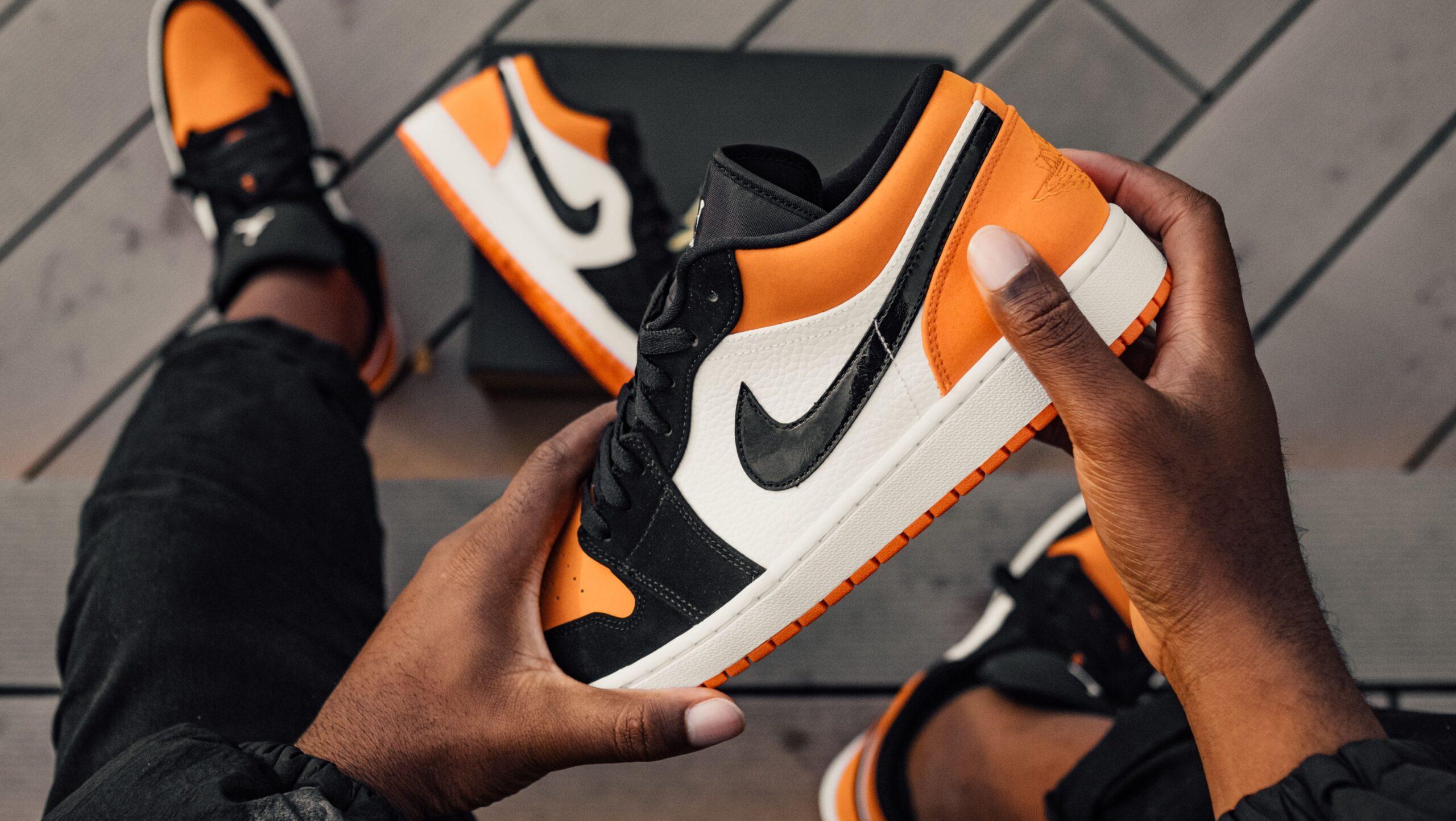
Great brands build emotional connections that last a lifetime. Credit: Glodi Miessi on Unsplash.
2. Distinct Brand Identity and Brand Voice
As we like to say, “Think strategically, execute beautifully”.
The brand is a collection of individual elements that work together like musical instruments within an orchestra.
Visual brand identity is made up of the logo, icon or symbol, colours, graphics, imagery, and company name. Brand voice includes tone, tagline, key messages, value proposition, and style.
Just like you have your own personality, tone, and way of communicating, a brand is the same. And its goals are to be noticed, be heard, and to be different.
Thinking strategically means taking an inventory of the competitive landscape to ensure that there is a sufficient point of difference. Whether it is the logo, the brand colours, or font selection, being unique starts with grounding this distinction in the brand story.
Like the visual language, the brand language needs to originate from the brand story. The tone, the feeling, and the words should not only speak to brand truth but talk to the audience well and easily.

Bring your brand identity into focus. Credit: Patrik Michalicka on Unsplash.
3. Consistency Is Not Optional
Rounding out the brand pillars is consistency.
After you’ve poured your heart and soul into defining a unique visual brand with a special personality, it’s time for consistent execution to bring the brand to life.
Branding makes an impression everywhere it’s seen, and if that impression is confusing, people become confused.
Consistent execution is essential across every touchpoint, including web, social, video, signage, email, communications, customer service, and the community.
It even extends to inside your office where your culture impacts how people behave and interact with each other and your customers.
In case you’re wondering why consistency matters so much, here’s why: It increases brand recognition and engagement.
The purpose of strong branding is to stand out from the clutter, command attention, and start to build relationships that will hopefully last a lifetime.
A key strategy for delivering consistent execution is creating and following a comprehensive brand guide that covers visuals and voice, so every single person who works inside your company or works with your brand contributes to its strength.

Brand pillars 101: consistency is non-negotiable. It extends to your office culture. Credit: Redd F on Unsplash.
Need More Convincing?
If you’re still questioning the power of these three brand pillars, check out how one of the world’s leading brands has disrupted a traditional stale industry to shake things up and steal an impressive amount of market share.
That brand is Airbnb. Launched in 2008, it offers short- and long-term homestays and experiences for travellers competing against saturated hotel markets.
In 2014, Airbnb executed a massive rebrand and redefined their brand essence, which was less about the ‘what’ – accommodation – to the ‘why’: To create a sense of belonging.
It pivoted and made the brand about home and its associations. With this clarity, Airbnb redesigned its brand identity, evolved its messaging, and took painstaking effort to align all touchpoints to the new true north.

The story of Airbnb demonstrates the power of these brand pillars. Credit: Oberon Copeland @veryinformed.com on Unsplash.
The Meaning Behind the Symbol
The refreshed brand identity included a new symbol called Bélo. It represents four things: people, places, love, and the ‘A’ of Airbnb.
As you can see, it’s not only unique in style and approach but also incredibly meaningful.
This exceptional outcome is what happens when intentional design is deeply grounded in the brand story.
Airbnb CEO, Brian Chesky, declared, “Belonging has always been a fundamental driver of humankind. So, to represent that feeling, we’ve created a symbol for us as a community.”
“It’s a symbol that, like us, can belong wherever it happens to be.”
The company thoughtfully brought this vision to life everywhere, including a greeting message upon arrival that reads, ‘Welcome Home’.
For Airbnb, the brand story can be felt deeply throughout all touchpoints.

Welcome home: The iconic Bélo. Credit: Ivan Radic.
Brand Truth Infused in Intentional Design
Making a brand stronger isn’t just about designing an amazing logo.
Sure, we love a great logo, but we also love the strategy that goes into its formation.
We love figuring out brand truths and then getting creative and strategic in how we can bring branding to life with serious meaning.
Great branding follows a proven process to define, design, and plan every element. It means asking tough questions and doing a deep dive to really understand your business, your audience, your competitors, your industry, and your ambition.
Anything less would be whimsical, frivolous, and inauthentic. Every company deserves a strong brand that effortlessly expresses its excellence.
At Hunt & Hawk, we design strong brands every single day and believe in the power of these brand pillars.
If you’re excited about branding and want to chat about what you’ve got and how you can move the needle, reach out to us at hello@huntandhawk.com or book a meeting to chat.
And we like to say, great brands never happen by accident, they happen by choice. Choose to be great!
For more marketing, branding, and sales tips and insights and plenty else, check out more of our blog.


